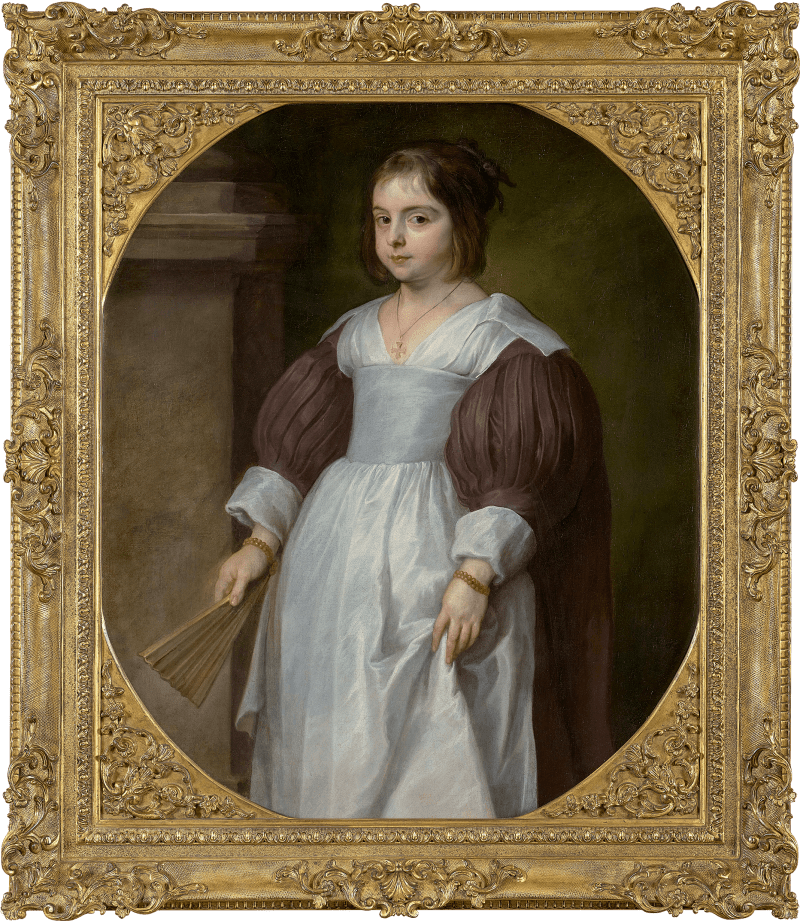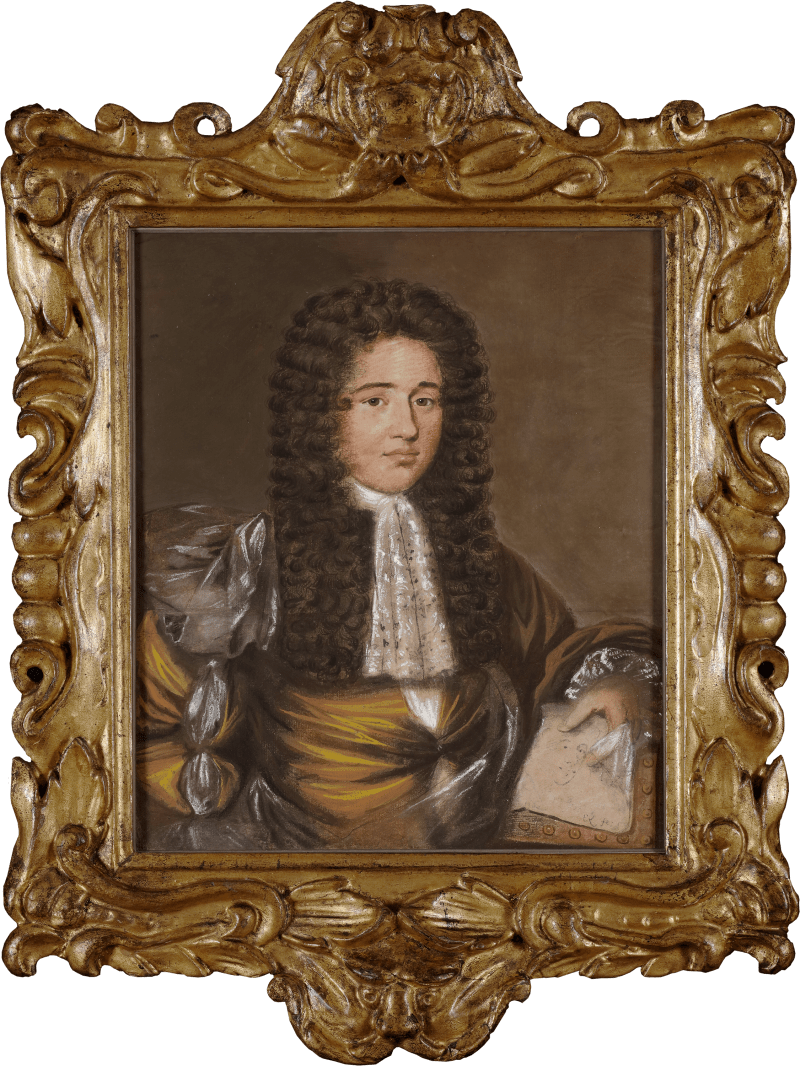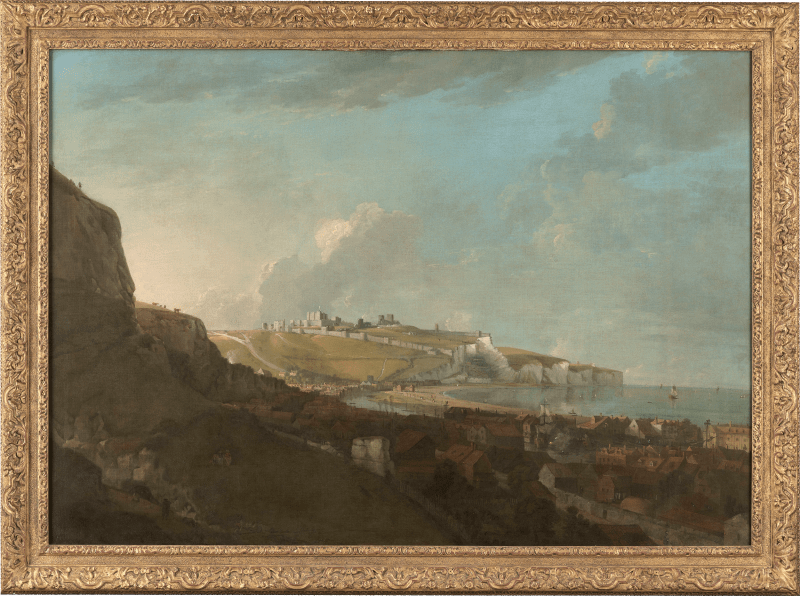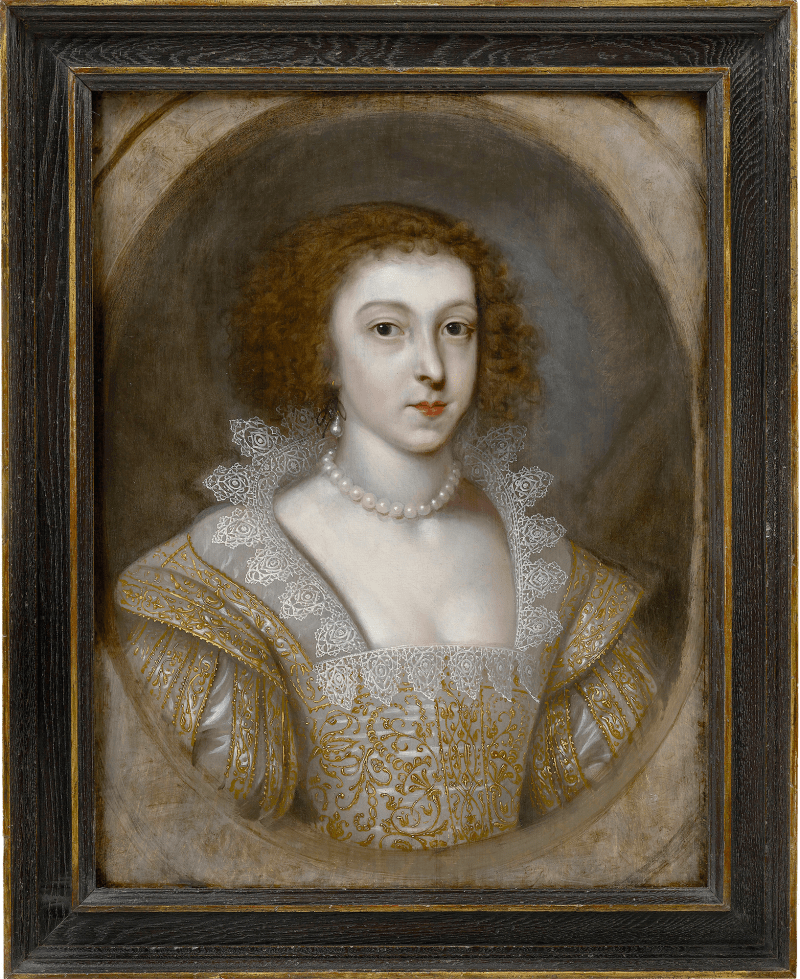This martial portrait was painted by the great seventeenth-century court painter Sir Peter Lely and is typical of his style towards the end of the 1650s.
This portrait was sold in 1945 by Lt. Col. William Selby-Lowndes of Whaddon Hall, Buckinghamshire, a descendant of the ancient Lowndes family who settled in Buckinghamshire in the early 16th century. This painting probably entered the collection of the Lowndes family through Essex Shales (neé Barrington) (1707-56), wife of William Lowndes (1706-75) and daughter and co-heir of Charles Shales (1670-1734) and Anne Barrington (1675-1729).
Essex’s great-grandfather was Sir John Barrington (1605-82/3), 3rd Baronet Barrington of Barrington Hall, a prominent M.P and High Sheriff of Essex, who infamously refused to take part in the trial of Charles I and likewise refused to sign his death warrant.
It is unclear at present which member of the Barrington family this portrait depicts, not least because comparative iconography for the family from this date is scarce, although...
This martial portrait was painted by the great seventeenth-century court painter Sir Peter Lely and is typical of his style towards the end of the 1650s.
This portrait was sold in 1945 by Lt. Col. William Selby-Lowndes of Whaddon Hall, Buckinghamshire, a descendant of the ancient Lowndes family who settled in Buckinghamshire in the early 16th century. This painting probably entered the collection of the Lowndes family through Essex Shales (neé Barrington) (1707-56), wife of William Lowndes (1706-75) and daughter and co-heir of Charles Shales (1670-1734) and Anne Barrington (1675-1729).
Essex’s great-grandfather was Sir John Barrington (1605-82/3), 3rd Baronet Barrington of Barrington Hall, a prominent M.P and High Sheriff of Essex, who infamously refused to take part in the trial of Charles I and likewise refused to sign his death warrant.
It is unclear at present which member of the Barrington family this portrait depicts, not least because comparative iconography for the family from this date is scarce, although the fact the subject is shown in armour would suggest an involvement in the military. It is perhaps the case that Lely was introduced to the subject by the Rich family (Anne Barrington’s mother was Lady Anne Rich), who by this date had already commissioned portraits by Lely, including a likeness of Henry Rich, Lord Kensington previously with Philip Mould & Co.












